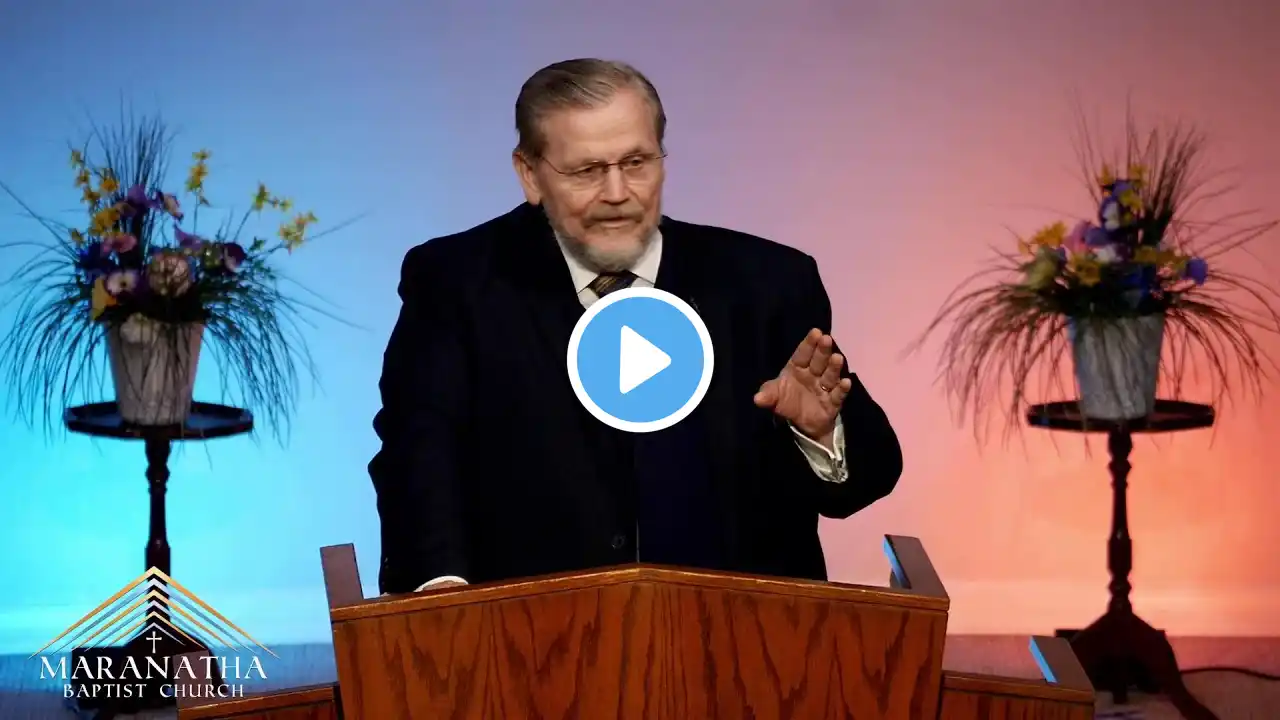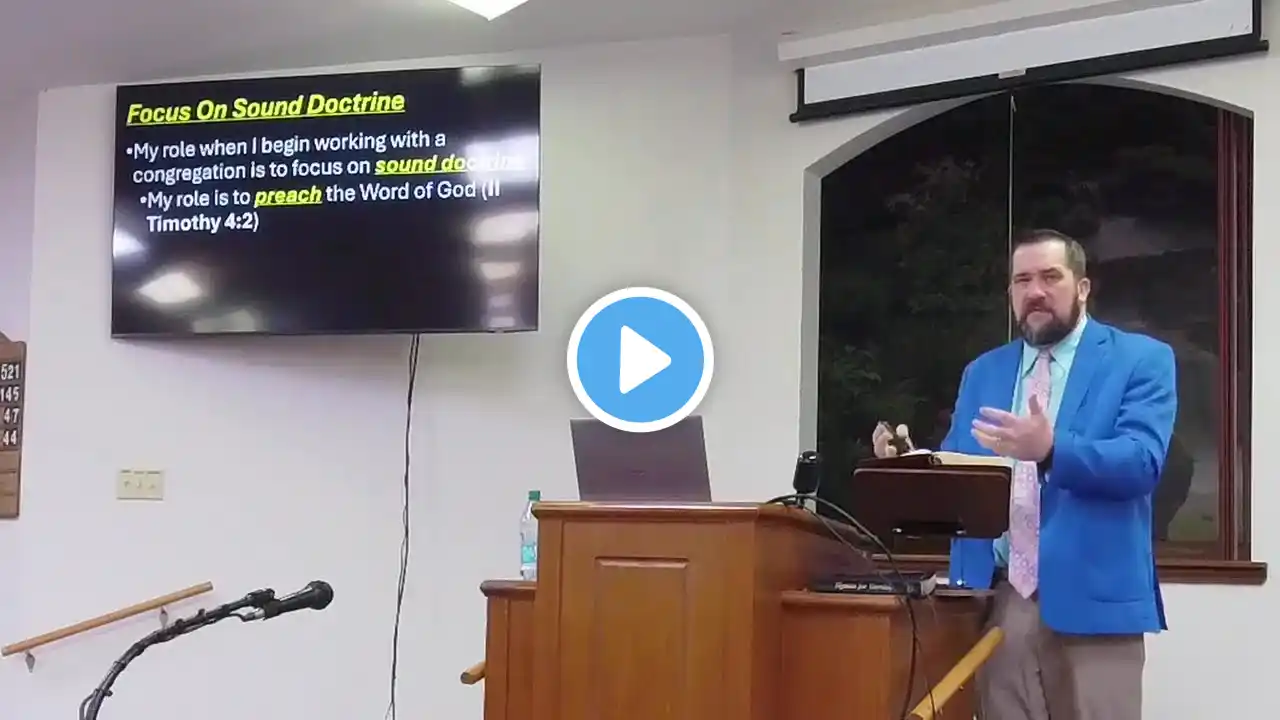
How Can a Church Grow?
Title: How Can a Church Grow? Series: Questions Christians Ask Text: “And the Lord added to the church daily such as should be saved” (Acts 2:47). Scripture Reading: Acts 2:37–47 Wednesday Evenings From the days of Adam, humans have been questioners. Some of our questions are directed to God, others to self, and still others to peers. “Questions Christians Ask” is the suggested theme for the next three months of Wednesday evenings. Introduction Once a man moved to a new neighborhood. At his previous residence he had grown vegetables. Yet in his new place he failed two consecutive years to grow tomatoes. He shared his failure with a neighbor who encouraged him to get his soil tested. The man did, and an agricultural expert told him that the soil lacked the proper chemicals to grow tomatoes. The next year he added the chemicals, and the soil produced a bountiful tomato crop. Conditions in the soil had to be right to grow tomatoes. Christians often try to grow churches and fail. They ask, “How can a church grow?” To find the answer to such a question, we need to turn to a resource for church growth, namely, the book of Acts. The church in Jerusalem from its beginning was a growing church. It grew because the conditions were right. Let us examine those conditions. I. A growing church is an evangelistic church. One of the conditions that produced church growth was an evangelistic concern. The church in Jerusalem was interested in reaching others with the gospel. A. Evangelism grows out of basic beliefs. “And they continued stedfastly in the apostles’ doctrine” (2:42). The concept of the “apostles’ doctrine” seems to be diverse. More than likely, some of these doctrines included: (1) people are lost; (2) Christ can save; (3) people can be changed by Jesus Christ; and (4) eternal destiny depends on a person’s response to Jesus Christ. These kinds of beliefs motivate one for evangelism. B. Evangelism extends to various groups. The church at Jerusalem made the Jews their target group. Later the Christians aimed at Samaritans (half-Jews) and pagans II. A growing church is a worshiping church. From the earliest records of the New Testament church, the congregation engaged in worship. Worship of Jesus Christ made the conditions right for the church to grow. A. Genuine worship has praise of Jesus Christ as its object. The Lord Jesus Christ was the object of the church’s affection. B. Genuine worship has personal evaluation as its result. Whenever one directs thoughts and affection toward Christ, painful realization comes of human finiteness and sin. Christians see themselves as they really are. III. A growing church is a caring church. Careful study of the Jerusalem church indicates another condition that is imperative for church growth. It is the care the believers had for others. A. The church recognized their union with each other. A prominent word that describes the union of believers with Christ and with each other is fellowship. The word is descriptive of a joint partnership because of a union with Christ in faith. B. The church practiced fellowship. The more one studies the New Testament churches, the more one can see their Christian relationships with one another. They respected one another, helped one another, and forgave one another. Furthermore, the church ministered to the needs of those who were not in their fellowship. IV. A growing church is a praying church. No church can grow without the prevalence of prayer in its life. The early church prayed constantly. “And they continued stedfastly . . . in prayers” (v. 42). A. Prayer represents a communion with the Lord. The New Testament Christians prayed as an act of enjoying the presence of God. John Killinger wrote a book entitled Prayer: The Act of Being with God. Perhaps that title gives the best definition of prayer. B. Prayer represents a dependence on the Lord. The early Christians prayed in order to seek God’s will and to ask for God’s power. Their prayer life represented a dependence on the Lord. V. A growing church is a giving church. A casual study of the New Testament will disclose that the early church had a sacrificial spirit. They were willing to give. A. Giving comes from the willingness to give oneself. Many of the New Testament believers loved the Lord so much that they gave their lives. Stephen was a prominent example of one who did not love his life more than Christ. B. Giving demonstrates itself in the areas of time and possessions. The first-century believers took time to accomplish Christ’s mission. They gave of their possessions so his mission could be completed. Conclusion If the right conditions prevail, fruit and vegetables may be grown. You cannot grow oranges in Alaska because the conditions are not right. Similarly, to grow a church, the proper conditions have to be present.



















